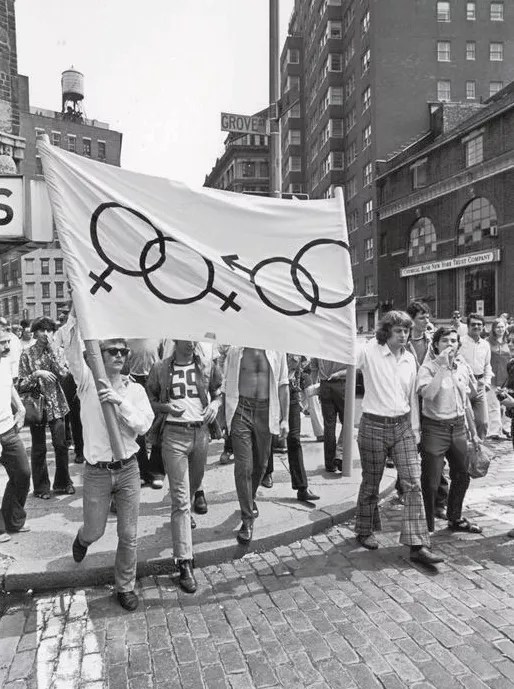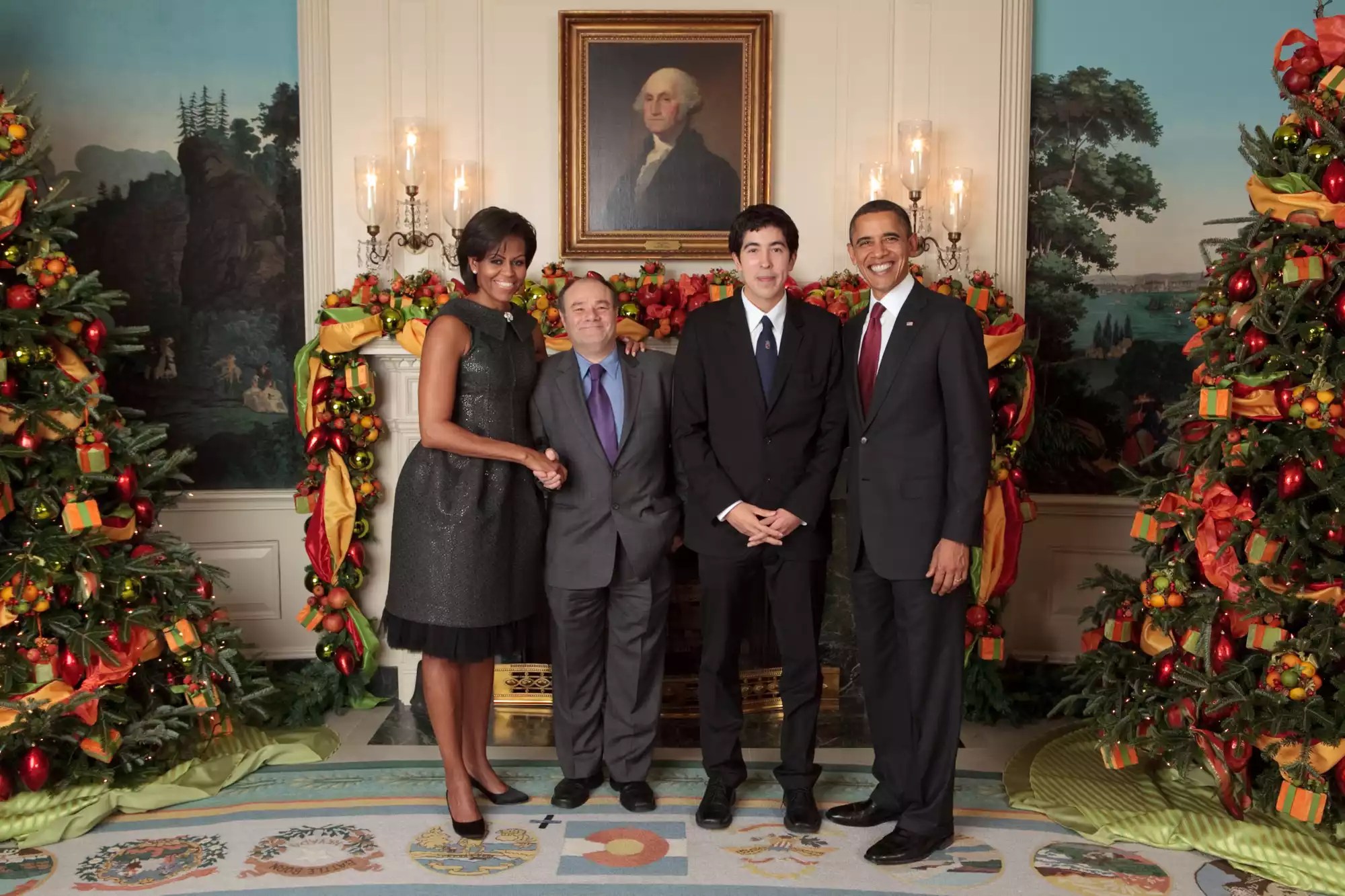Photo: Courtesy Mark Segal

At 18, Mark Segal knew no one else like him — a gay teen — and in May 1969, he skipped his high school graduation to flee his Philadelphia hometown for the bohemian mecca he’d read about in New York City’s Greenwich Village.
Six weeks later, he found himself in a clash with police outside a bar, theStonewall Innon Christopher Street, thatjumpstarted the modern movement for LGBTQ rights50 years ago this month.
During a time when defying state laws meant businesses would lose their liquor license if they served “known homosexuals,” the mob-run Stonewall offered small refuge from the unsafe street.
“You didn’t care about the watered-down drinks, who owned the bar, how smelly it was, how ugly it was,” Segal, now 68, says. “You could go in that bar and you could show affection and hold hands and be kissed, but most importantly for an 18-year-old, you could dance your ass off with anyone you wanted to dance with.”
• For more about howStonewall patrons and witnesses recall the events of 50 years ago,subscribe now to PEOPLEor pick up this week’s issue, on newsstands Friday.
The police raid on the bar on June 28, 1969 — a first for Segal, who was inside — was commonplace for the era.
“And when they were done pushing drag queens and stereotypical people out of the way, they looked at those people who looked like they were successful, prosperous or professionals, and would ask them to take their wallet out and, in front of all of us, take their cash and put it in their pockets,” Segal says.
“What are we going to do, call the police?” he adds. “Theyarethe police.”
Mark Segal, far right, at the Gay Liberation Front’s first post-Stonewall march in July 1969.Courtesy Mark Segal

But outside, as officers pushed some patrons of the bar toward paddywagons, the gathered patrons refused the order to scatter. Stones, empty cans and bottles began to be thrown their way. Officers in the street retreated inside the bar.
“At that point it became joyous,” he says. “We realized we had power, and we can begin to fight back and be ourselves. You just wanted to scream out loud and say ‘I’m gay.’ We felt that kind of freedom. … The police that night represented all the oppression we had suffered, and we had them trapped.”
Within days, Stonewall veterans and allies formed the Gay Liberation Front, and to mark the anniversary one year later, the Christopher Street Liberation Day march came together as the nation’s first pride parade.
“LGBT people in 1969 had watched other communities — black communities, women’s communities, Latino communities — fight for their community, and we finally reached the point thatwewanted to do so,” Segal says. (This month, New York City Police Commissioner James O’Neillapologized for his department’s actionsof 50 years ago.) “Standing outside Stonewall, my thought was, this is what I’ll be doing for the rest of my life,” says Segal. “It was that instantaneous.”
The Stonewall Inn is now adesignated national monument. Segal’s artifacts of that era — including a marshal’s badge from that first parade and the cup he used to collect donations along the route — are now part of the Smithsonian Institution’s collections. He later helped create and still publishes thePhiladelphia Gay Newsin the town he fled to find his place.
From left, Michelle Obama, Mark Segal, his husband, Jason Villemez, and President Obama in 2010.Lawrence Jackson/Official White House

Segal now also is legally married to his husband, Jason Villemez, and while he continues to advocate for LGBTQ rights locally and nationwide, he savors a party he attended during the Obama years.
source: people.com